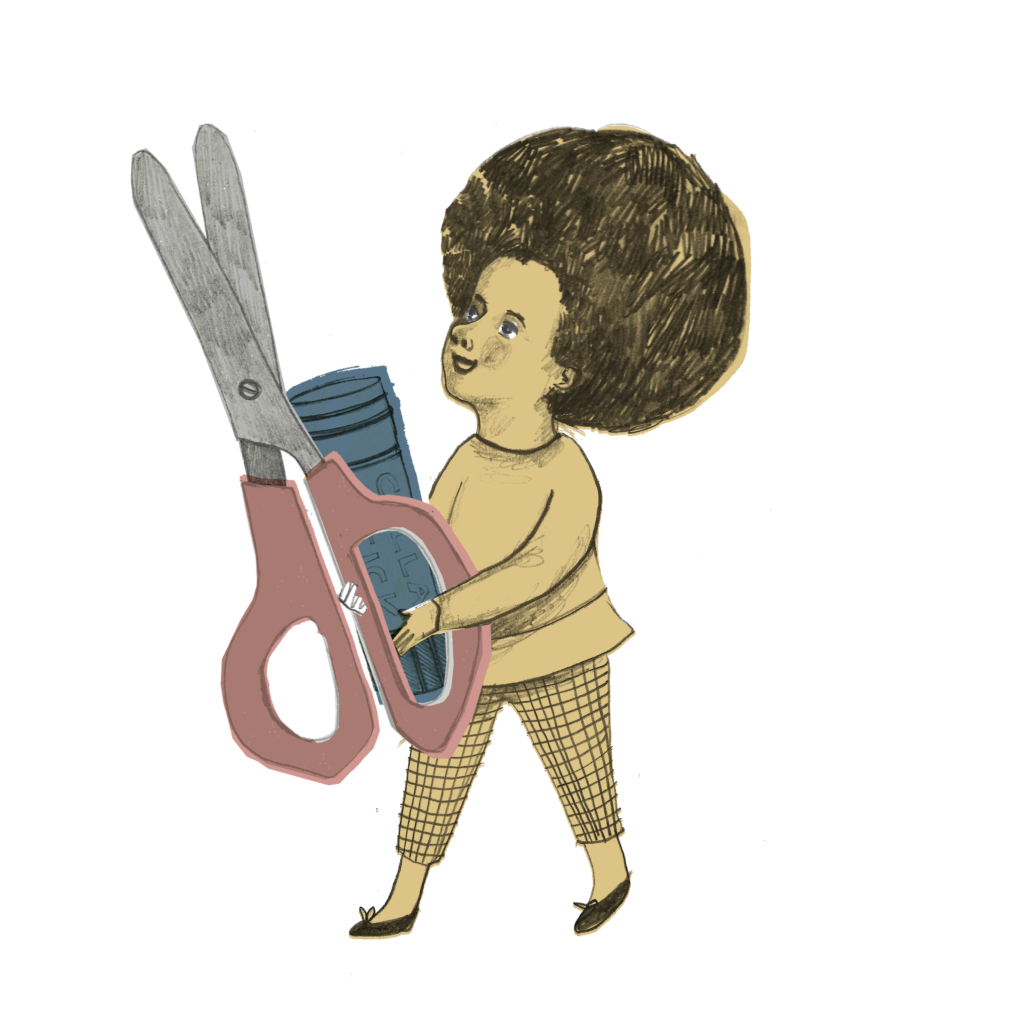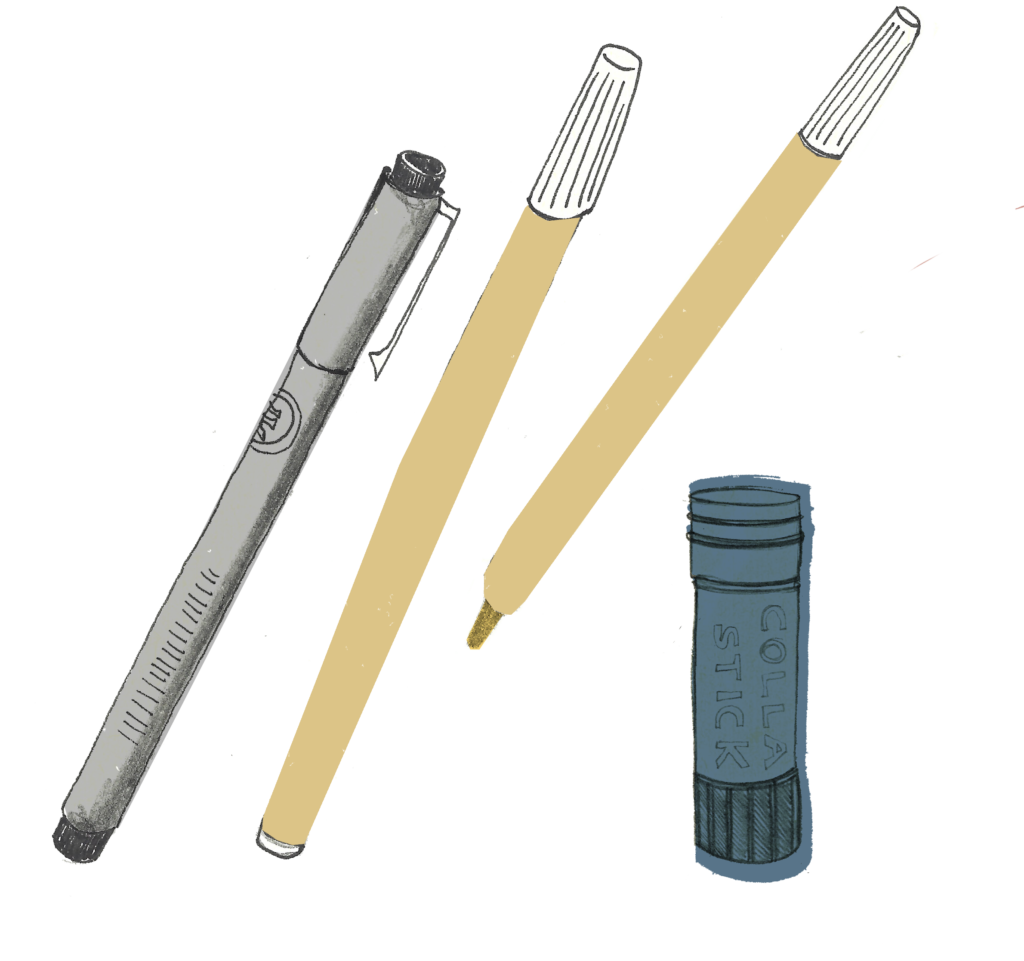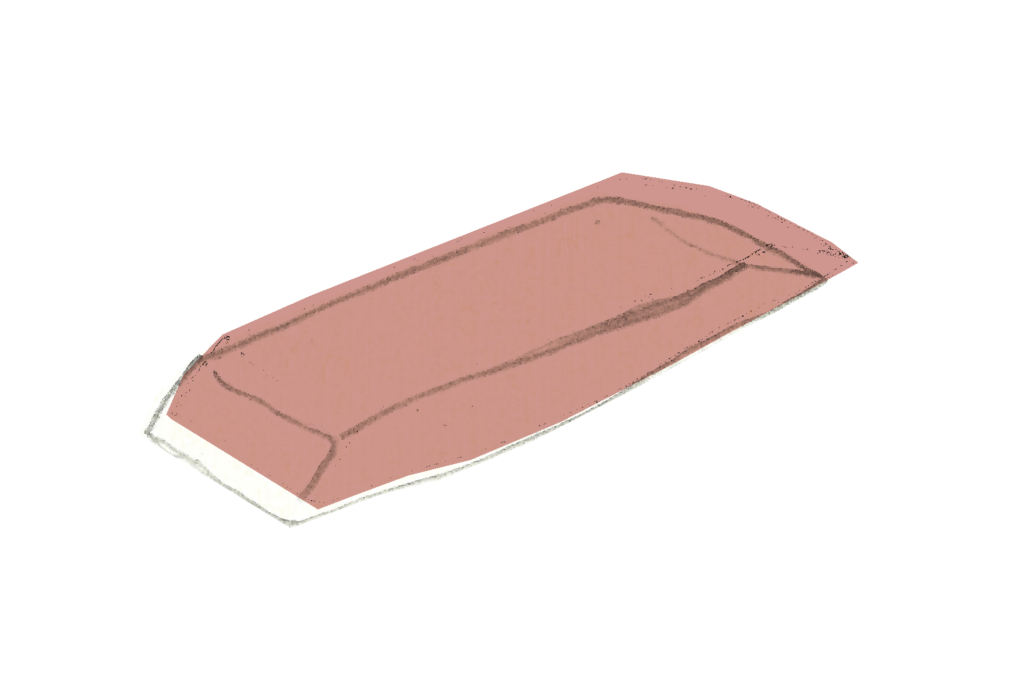

In last month’s article, we proudly presented the first box of this project, which made pupils build their own sundial using a paper blueprint with storytelling resources for the teacher. The addition of two pedagogical sequences is what separates our boxes from the rest of the boxes on the market – besides the price, of course. While most STEAM boxes advertise for their fun and easy-to-make content, our boxes have to be adapted for the classroom so they have to be cheap to recreate and interesting in the context of a lesson.
We have gathered a few takes on existing STEAM boxes which allowed us to create our own content. Some aspects seemed quite important to parents and children alike, such as the sturdiness of the box materials, the feasibility of the final product or the general appeal of the box.
The general reception of these boxes has been quite positive, so we know we have reached our objectives. The feedback from teachers and pupils will help us implement some changes throughout the duration of the project to ensure the quality of our productions.
Since we will create a box roadmap for all teachers to design their own boxes, here are a few pieces of advice about what needs to appear when creating a STEAM box:
- Make things obvious: if something needs to be cut, make sure that you left precise markings of what needs to be cut and how. An explanation in a written document may not be enough!
- List all of the needed material, even the basic one. Do you need a pencil, glue, scissors to complete the task? Write them down in the “Material needed” section so all pupils know what to bring.
- Introduce your topic first, the sequence and activity can be used later. Your pupils – or colleagues – have to know what they are working for. For example, a sundial is not necessarily a known object: pupils can start to wonder what they are building it for. In addition, our storytelling component was a leporello, which is a paper device that can be used to either make lists or show pictures to tell a story. Yet, since this tool is not often used, even teachers may not know how to make the best of it.
We will be back next month with more information about STEAM boxes. In the meantime, you may discover our existing boxes on our website. See you then!

